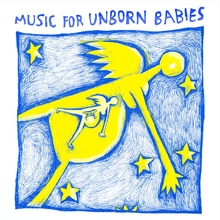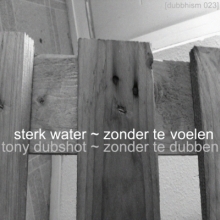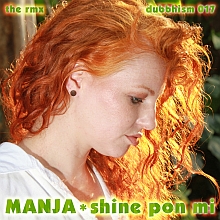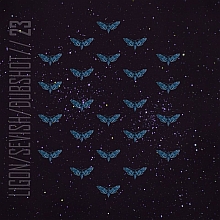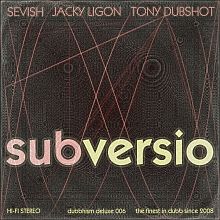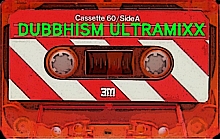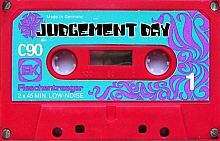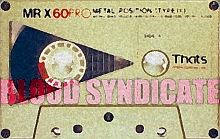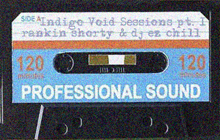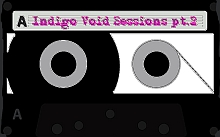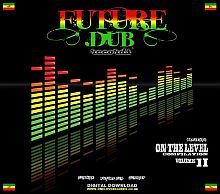28.10.13
Advanced Modular Research #5 ~ Introducing the Karplus Strong String Trio
If you have a couple of BBD modules in your modular system, you can quickly patch a lively string trio using the Karplus Strong method.
Here's the patch. The yellow signals are control voltages, the green signals are audio. For better sound and musical inspiration check out this mp3 featuring the Karplus Strong-patch and some drums.
Karplus Strong Synthesis sounds very scientific, but it's a simple method. You send a small burst of noise through a BBD which is feedbacking heavily. The delay-time of the BBD determines the pitch. That's all. This particular patch sounds like a classical string trio by a wacky Viennese 20th century composer.. or something... It has three BBD modules. The A-188-2 produces the stereo sound with the most feedback in it. The two A-188-1 modules have very different BBD-chips on board: one has 128 stages and is best for short delay (flanging etc.) while the other has 4096 stages and is better for longer delay times. The 4096-stages BBD does the cello-like sound.
You need tunable delay for this patch (actually the Doepfer BBD modules don't track very well) but just as important is the type of noise-burst you use and the shape of the noise (ADSR settings etc.). This patch has digital noise from the A-117, clocked by the A-110 which is slowly modulated. Make sure you have a nice clean trigger for the envelope that shapes the noise burst. In this patch the LFO-gate that triggers the VCADSR and pitch sources goes through the A-162. Interesting sounds can be made by changing the attack time (not good for rhythmical timing) or the release time of the ADSR.
Here's a basic Karplus Strong tutorial for the A 188-2
Labels:
dubb equipment,
eurorack modular,
sound design,
tutorial


